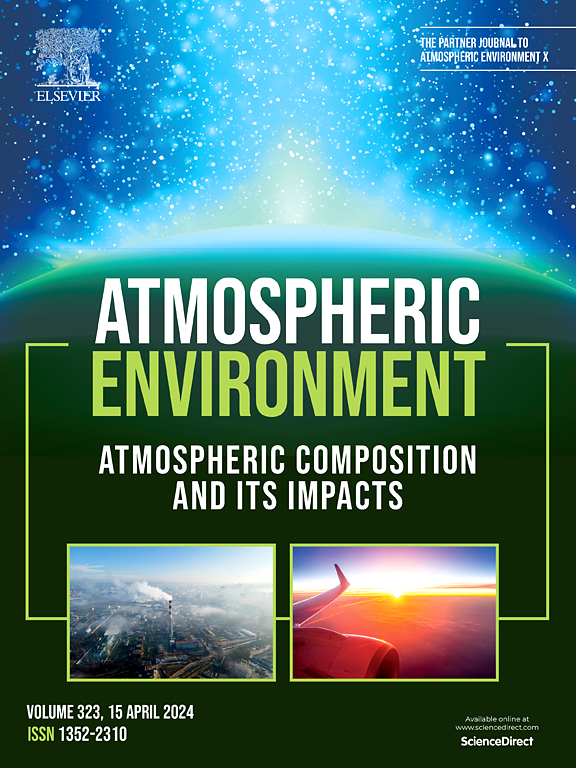Tracking NO2 and CO pollution hotspots at provincial scale in China with TROPOMI observations and image segmentation method
IF 4.2
2区 环境科学与生态学
Q2 ENVIRONMENTAL SCIENCES
引用次数: 0
Abstract
Satellite measurements of short-lived gaseous pollutants such as nitrogen dioxide (NO2) and carbon monoxide (CO) provide an unprecedented opportunity to infer global distribution of their emission sources. However, the great differences in the magnitude of anthropogenic emissions have hampered the identification of pollution sources with satellite observations. In this study, we identified NO2 and CO pollution hotspots in China with oversampled TROPOspheric Monitoring Instrument (TROPOMI) concentration data by utilizing an image segmentation method at provincial scale. We also determined the major emitting sectors associated with the pollution hotspots in each province. Based on NO2 pollution hotspots, we can find major emission sources, such as ports, airports, industrial and urban areas. In the hotspots of most provinces, Steel plant, Coke plant, and Power plant were identified as the main NOx emission sources. CO pollution hotspots were closely linked to Steel plant, with additional contributions from Coke plant, Chemical industry, and Non-ferrous metal smelting in certain provinces. The pollution hotspots and their corresponding concentrations yielded a relatively strong correlation with Multi-resolution Emission Inventory for China (MEIC) (For NO2, the R2 was 0.937 in provinces with small land area and 0.654 in others, while for CO, the R2 was 0.849 and 0.659, respectively). Our results can provide an observational constraint on the spatial locations of NOx and CO emission sources for emission inventories.
求助全文
约1分钟内获得全文
求助全文
来源期刊

Atmospheric Environment
环境科学-环境科学
CiteScore
9.40
自引率
8.00%
发文量
458
审稿时长
53 days
期刊介绍:
Atmospheric Environment has an open access mirror journal Atmospheric Environment: X, sharing the same aims and scope, editorial team, submission system and rigorous peer review.
Atmospheric Environment is the international journal for scientists in different disciplines related to atmospheric composition and its impacts. The journal publishes scientific articles with atmospheric relevance of emissions and depositions of gaseous and particulate compounds, chemical processes and physical effects in the atmosphere, as well as impacts of the changing atmospheric composition on human health, air quality, climate change, and ecosystems.
 求助内容:
求助内容: 应助结果提醒方式:
应助结果提醒方式:


